(March 30, 2023) Parul Sharma is a familiar face in Sweden, where she is one of the country’s most influential lawyers and featured often in the media. A human rights lawyer with a focus on sustainability, Parul is the CEO at The Academy for Human Rights in Business and Chair, Amnesty International Sweden. Over the years, she has gained a reputation as one of Sweden’s most influential sustainability experts. Be it law or human rights, Parul has always had a human-centric approach – she studied law from Stockholm University and did her Master’s in London. In 2017, she was ranked the second most influential sustainability leader in Sweden, right after the Minister of Financial Markets and Consumer Affairs.
Over the years, Parul has written extensively on the topics of CSR and human rights. In 2020-2022, she was ranked and awarded most influential in Sweden within areas of social change, development, and human rights. In 2022, she won the “MySpeaker of the Year” prize in the category of sustainability in Sweden. “Over the years I have been awarded with human rights awards such as the Solidarity Award granted by the Afrika groups (Afrikagrupperna) and the Tilka Manjhi Human Rights Award granted by the Ang Madad Foundation India in 2021,” Parul tells Global Indian.
Parul loves to create hope, she says it’s her aim to create hope for it can indeed be a trigger to action and reaction for development, and hope is extremely important to uphold human rights and democracy. “Each person is a powerhouse and can start a movement, small or big, for change and sustainable development. Hope can indeed illuminate these powerhouses.”
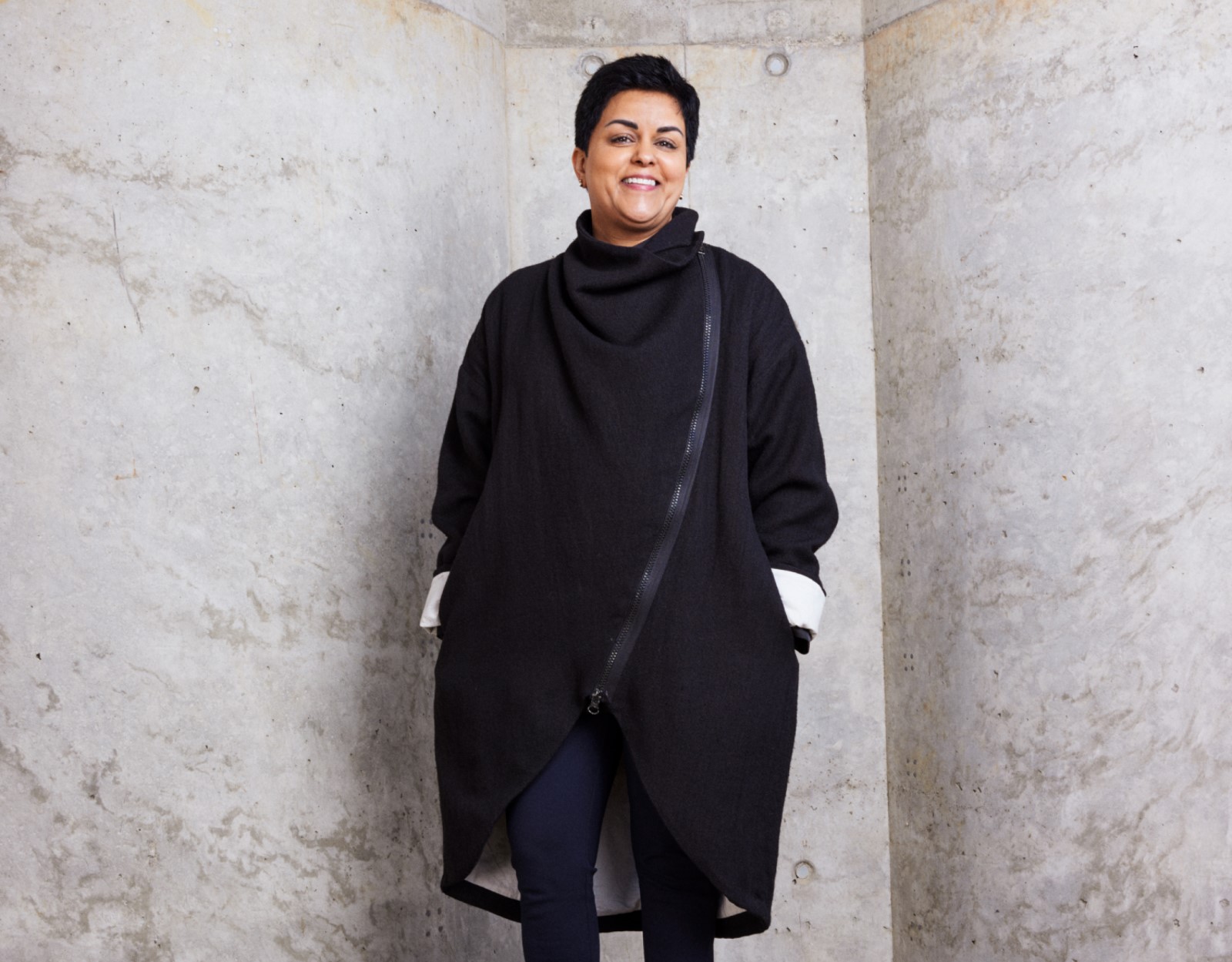
Parul Sharma
Entrepreneur, author and human rights defender
After gaining expertise and many years of experience working in sustainability, human rights and anti-corruption in high-risk markets, Parul floated her own Academy, ‘The Academy for Human Rights in Business’ for Human Rights, in Business in 2013. So far it has provided training and legal advice on sustainable development related issues to more than 550 companies – mainly multinational corporations around the world.
Parul also got a chance to chair the Swedish governmental Agenda 2030 Delegation between 2016 and January 2018 and also since 2020, has served as the Chair of Amnesty International Sweden. Apart from being a rights activist, she is also an established author; so far she has published seven. “My three most recent publications are on Agenda 2030,” Parul says. “They are handbooks, aimed at making people act both as corporate representatives, citizens, parents, teachers, and consumers. I have all together published seven books on human rights and/or sustainable development,” Parul explains. The first four books are on the Right to Life and the rights of women and children.
Preserving culture
Parul was born to Indian parents in Stockholm, Sweden. Her mother, Anita Sharma and her father, Shashikant Sharma, moved from Jallandhar to the Swedish capital as a newly married couple in the 1970s. “Our languages are Punjabi and Hindi, and our culture has always been central to our upbringing. For that, I’m thankful to my mother.”
The early exposure to Indian culture and languages led to an interest in human rights and sustainable development issues in her ancestral homeland. She began to expand her focus to India and gradually, to Pakistan, Bangladesh, Afghanistan, Nepal, building up to outreach on a global scale during her 27-year career. These days, Parul works in seven African and four Latin-American countries.
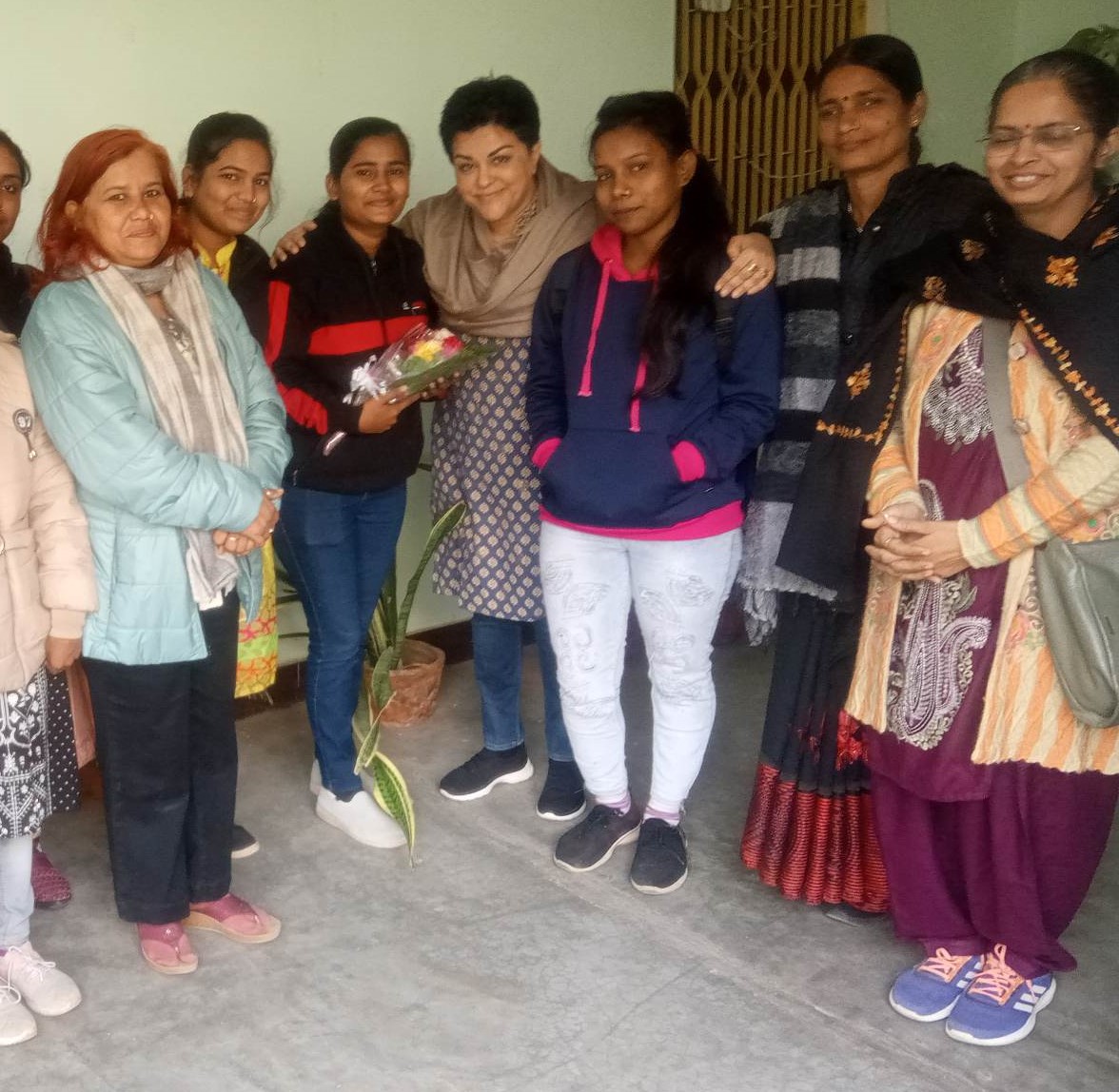
Creating socially-sound businesses
According to Parul, her work schedule is very hectic, with a lot of legal advisory and training towards the corporate world in the EU through her firm The Academy for Human Rights in Business. “I advise corporations on how to conduct socially and environmentally sound business in already weak and complex markets from a sustainable development point of view.”
In the last 20 years, she has been regularly conducting social audits on European supply chains in Asia, Africa and Latin America.
Never forgetting the roots
Parul is a regular visitor to India and has worked almost everywhere in the country, she says. “On the sidelines, I am active in a number of pro bono engagements with NGOs working to combat Tobacco, sex-trade and human trafficking, refugee rights and support to refugees in Sweden, and many child rights related matters.”
For many years now, she spends at least one month as a humanitarian volunteer. “My last three volunteer programmes have been attached to a clinic connected to one of Europe’s largest refugee camps in Greece on the Ireland of Lesbos.”
Branching out
A few years ago, Parul began to feel that her legal profession is not enough to support and help in the humanitarian and refugee crisis. She chose an unconventional path at this point. Wanting to feel more involved in helping refugees rise above the trauma they carried, she took courses in massage therapy and breathing techniques. It allowed her provide a sort of instant relief, which she says has also benefitted her immensely. “I feel the difference instantly, I can see, feel and hear how massage is helping my fellow human beings who have struggled to move away from war zones, natural disasters, and other oppressive scenes.” Often, she says, people break down and cry on the massage table as they feel the release of tension. “The feeling of being safe and relaxed is uncommon for them,” she says.
Right now, she is working with the Swedish initiative ‘Stand with Syria’ to support the Turkish and Syrian hunger crisis due to the massive earthquake hitting these countries very recently.
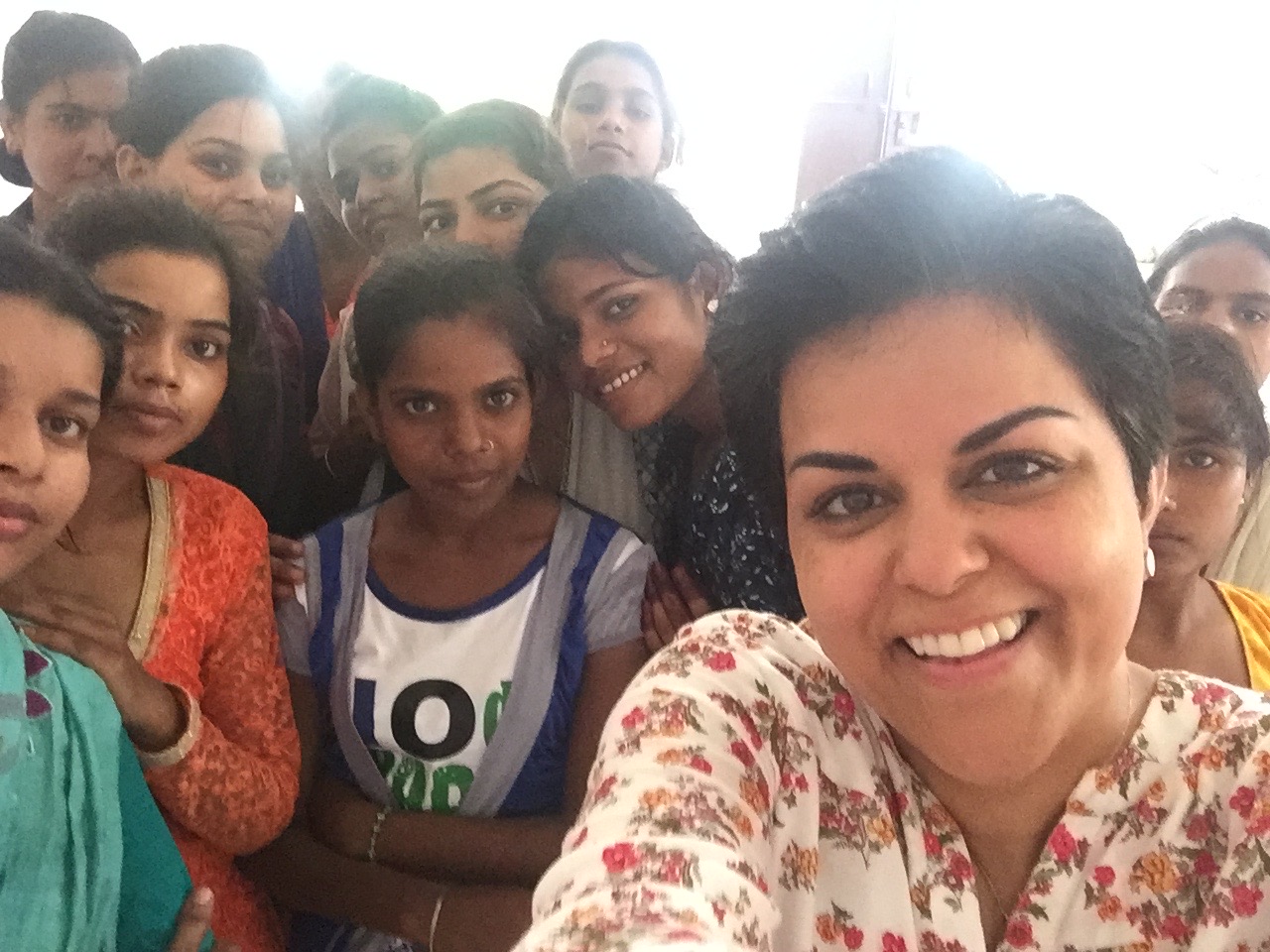
An unflinching journey
“Child rights have always been the main energy in my work, and 25 years ago, together with an Indian NGO, PVCHR Asia, I started a scholarship programme for girls in Uttar Pradesh and it has been ongoing since.” Investing in education for the girl child has proven to be the single most impacting practice for social and environmental development, she says.
While calling this as the most powerful key to societal balance and change, till date several hundreds, at least 650 girls have benefitted from this programme.
“This programme is probably what I am most proud of, of all the work and effort I have put into rights based work. I visit PVCHR once a year and meet with the girls. Health camps and other awareness activities for women are conducted as well.”
Staunch supporter of human and worker rights
Today world’s supply chains are being severely affected by the global COVID-19 pandemic and fast moving markets. “Moreover, the threat to public health, the economic and social disruption threatens the long-term livelihoods of millions of workers. Mostly vulnerable to the worst impacts are the millions of workers lower down the supply chain, often women and the primary caregivers in their families and already marginalized communities.”

Calling workers as integral to the global economy, Parul believes a large part of the hidden workforce of global production already face poverty wages, dangerous and unsafe working conditions, and without social protections, mostly.
“Migrant workers in supply chains also face unique risks, as a result of inadequate and crowded living conditions, harsh containment measures, and discrimination. This includes workers in supply chains across sectors but has clearly been identified within electronics and IT. Such risks and impacts have been documented in the mining sector in Latin America as well as in electronics manufacturing in China (including the alert on the forced labor of the Uyghurs), Hong Kong, India, Indonesia, Malaysia, Thailand, Vietnam, Czech Republic, Italy, Brazil, and Mexico), according to and by numerous human rights watchdogs.”
In capacity of playing an advisory role, she prepares companies and governmental agencies, who procure products from high-risk markets, to build even stricter auditing models during and post-covid, especially within the following areas: compensation, collective bargaining agreements, and cancellations during the pandemic, for instance, cancellations of wage increase and severance payments, health and safety measures with a focus on lack of protective equipment, lack of social distancing measures.
Parul is a staunch supporter of spiritualism, she believes one needs calm, prayer, meditation and spiritualism every day.
- Follow Parul Sharma on LinkedIn


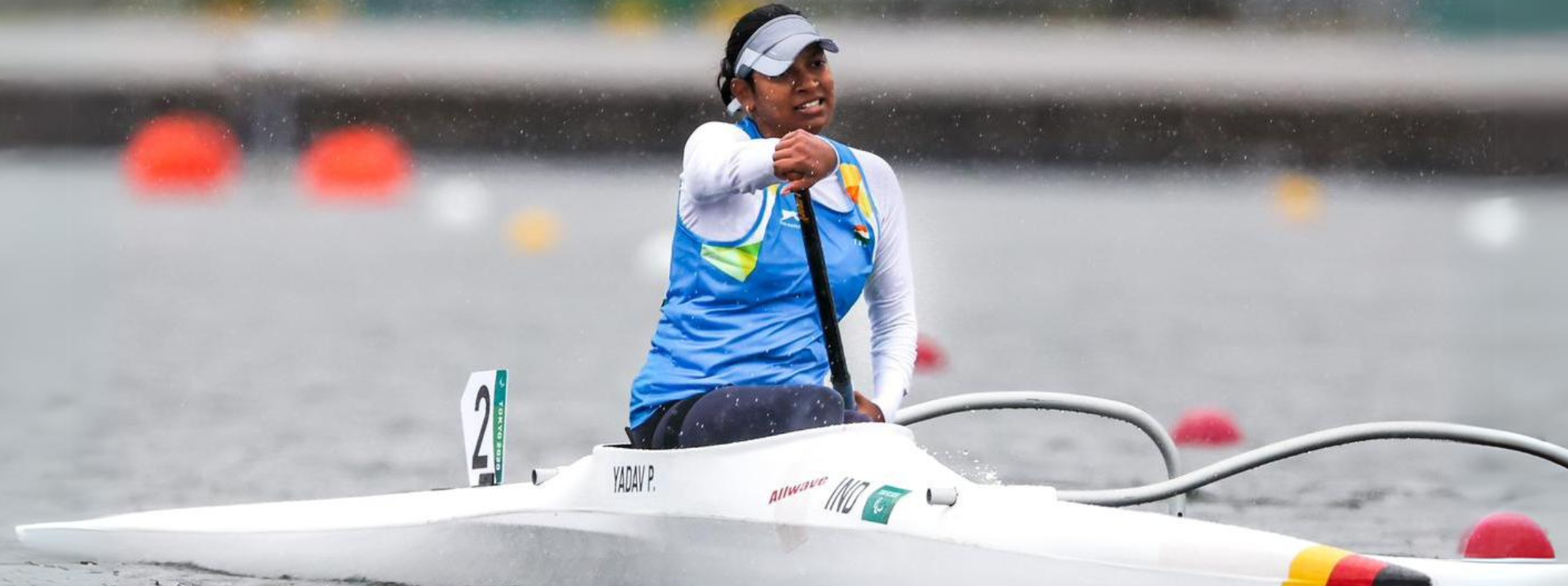

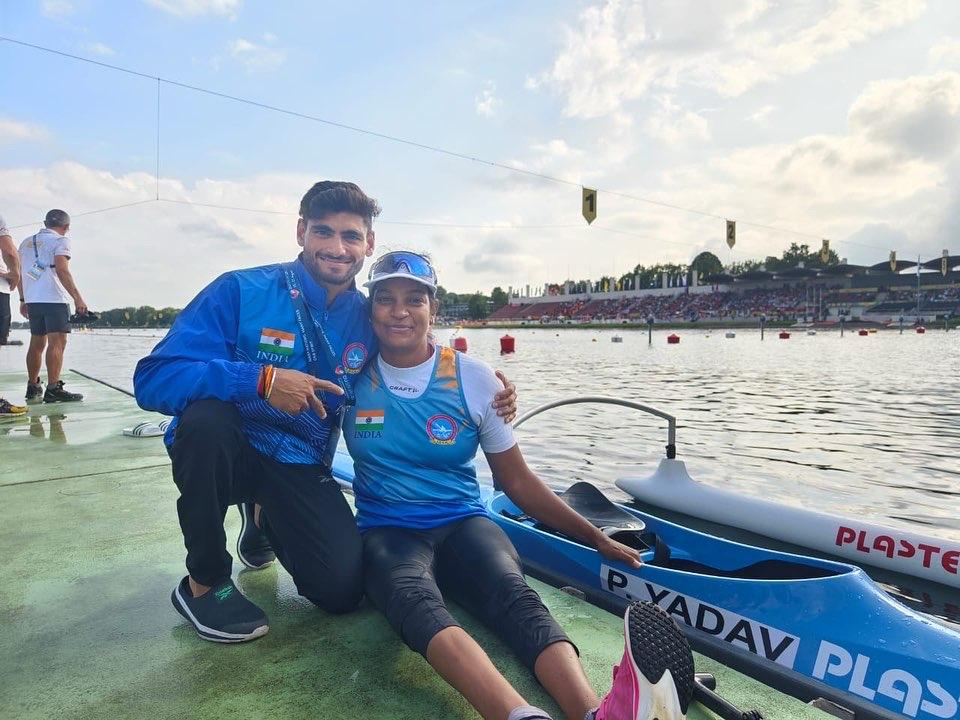 Prachi and her husband, Manish Kaurav[/caption]
Prachi and her husband, Manish Kaurav[/caption]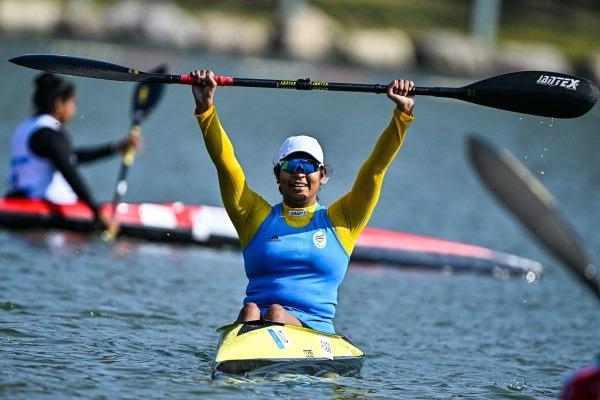
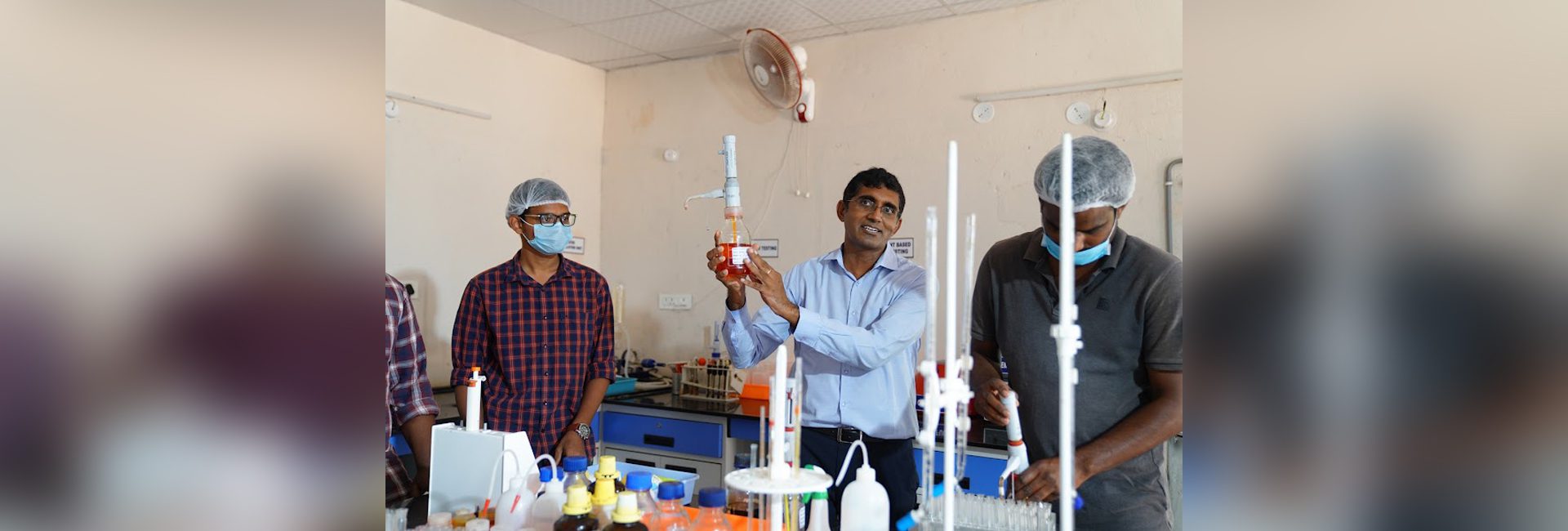
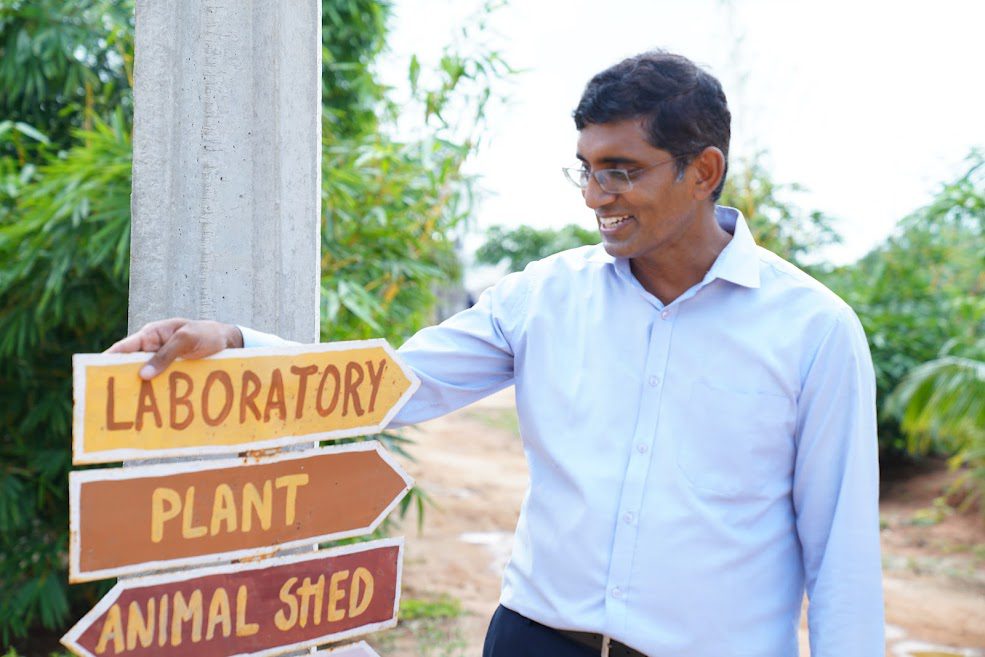 Kishore Indukuri[/caption]
Kishore Indukuri[/caption]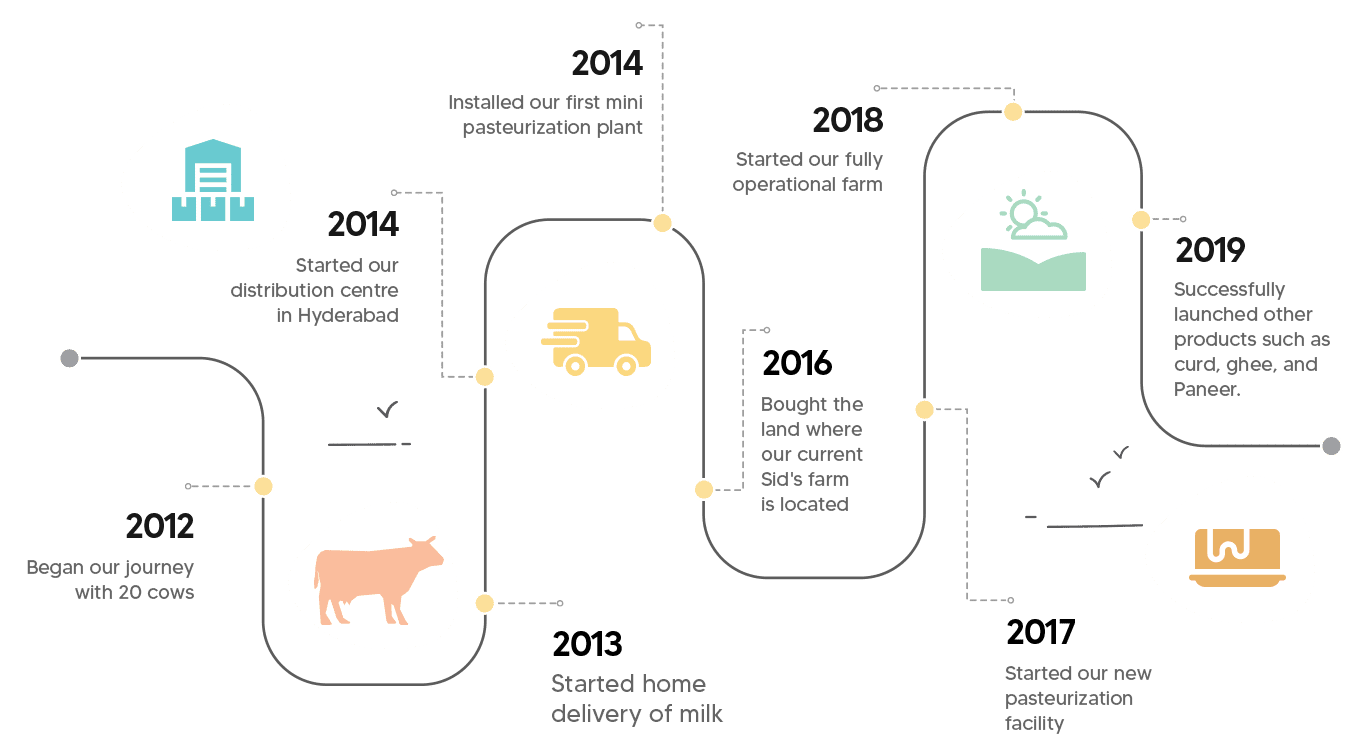 Graphic courtesy:
Graphic courtesy: 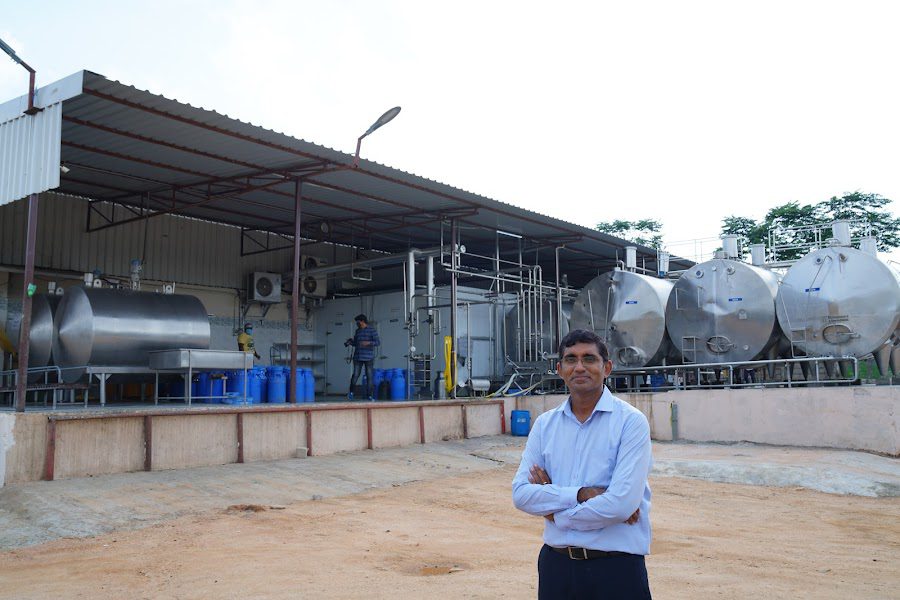
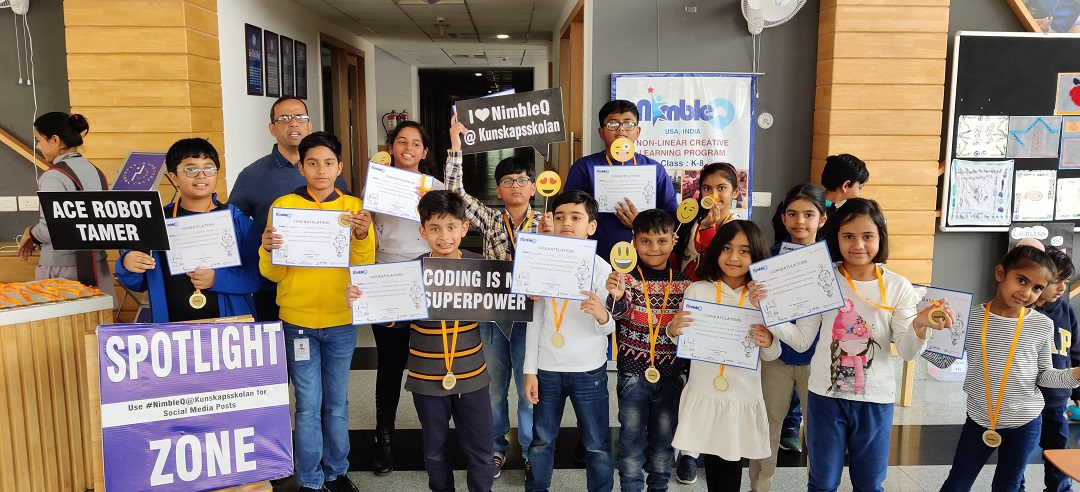
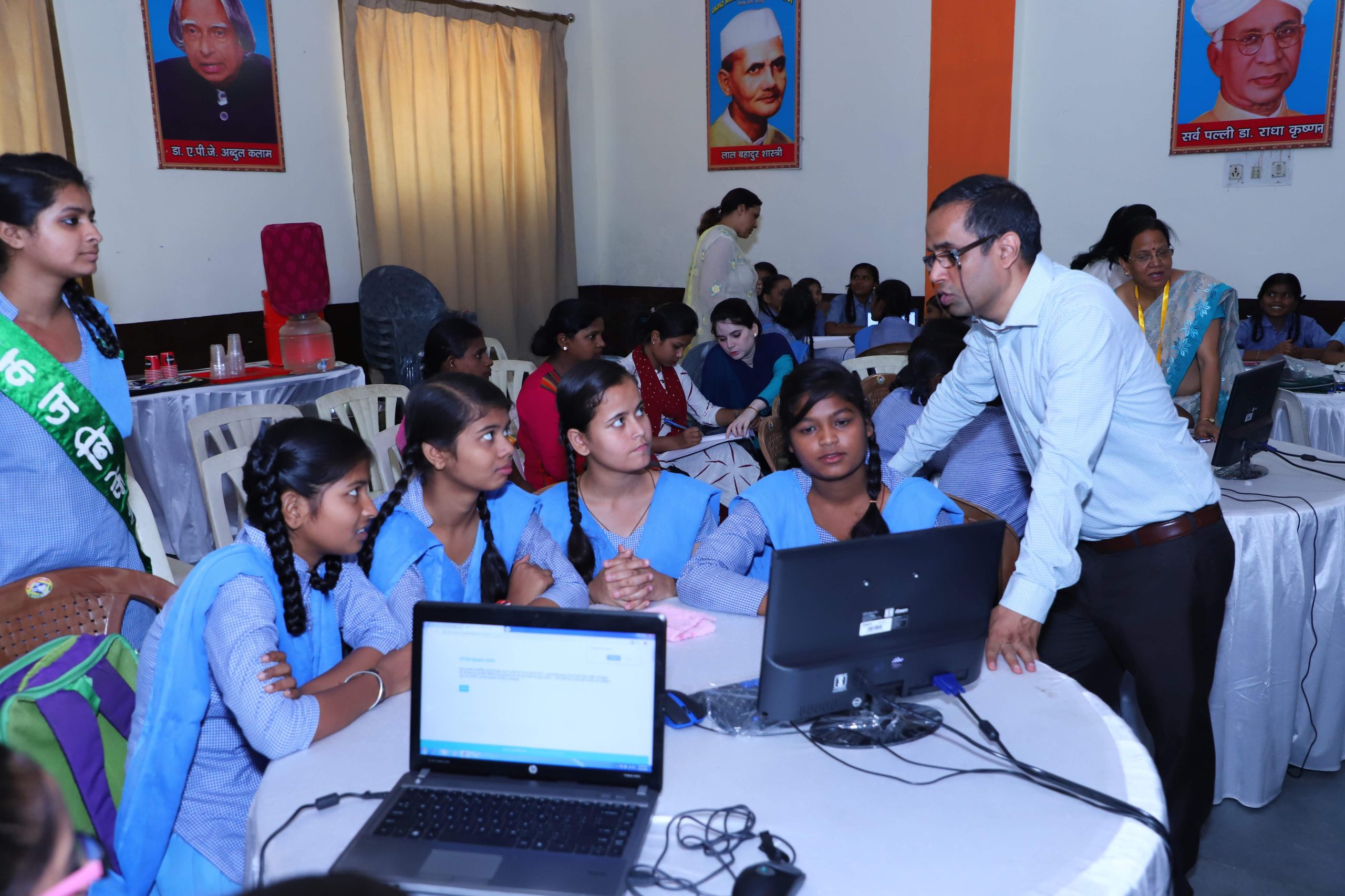 Madhukar Varshney with students during a NimbleQ class[/caption]
Madhukar Varshney with students during a NimbleQ class[/caption]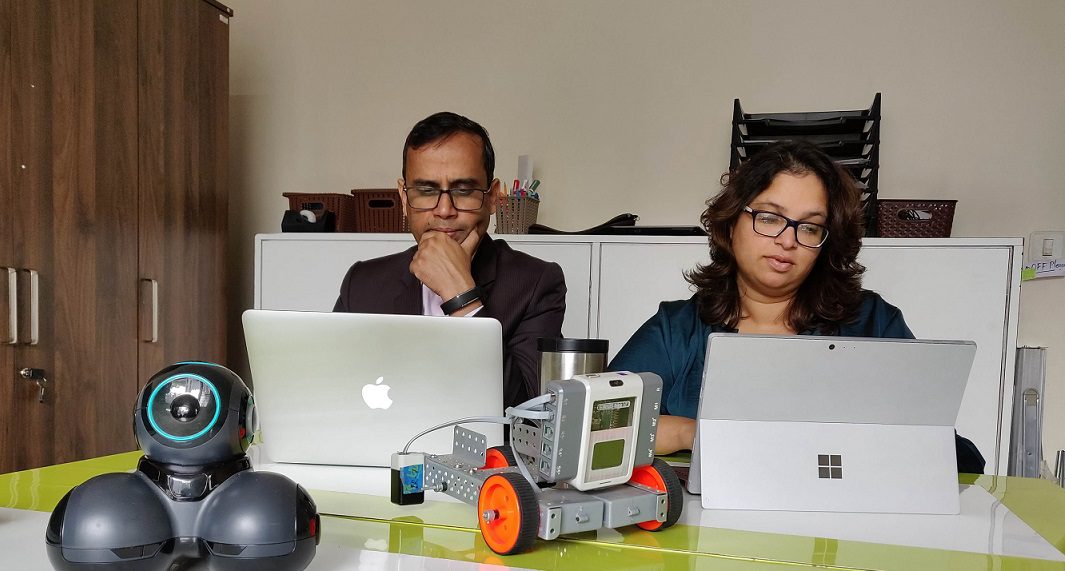 Madhukar Varshney with his wife and co-founder Shailey Motial[/caption]
Madhukar Varshney with his wife and co-founder Shailey Motial[/caption]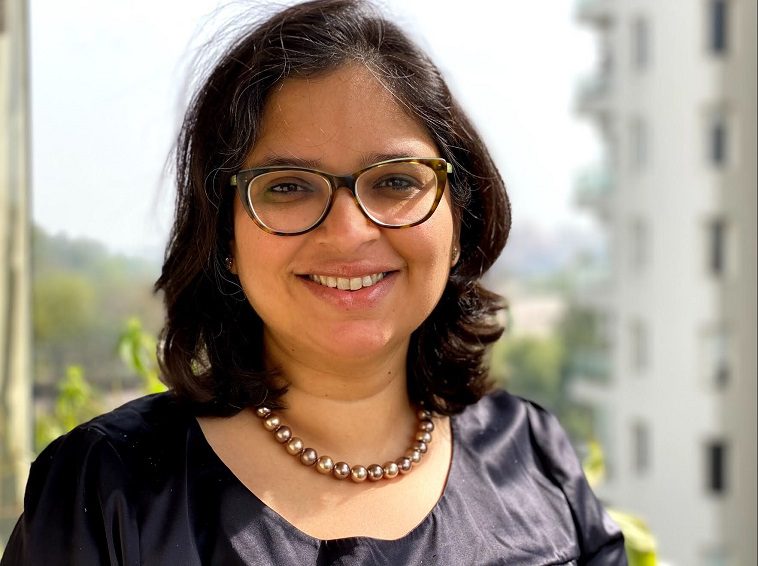 Shailey Motial[/caption]
Shailey Motial[/caption]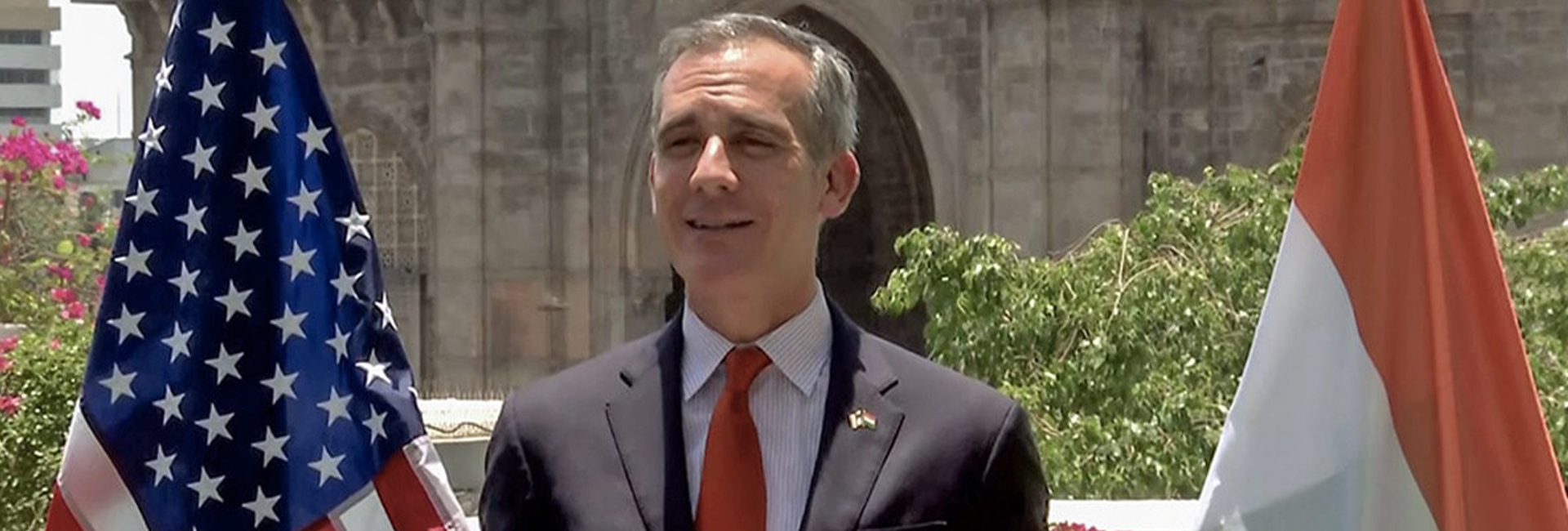
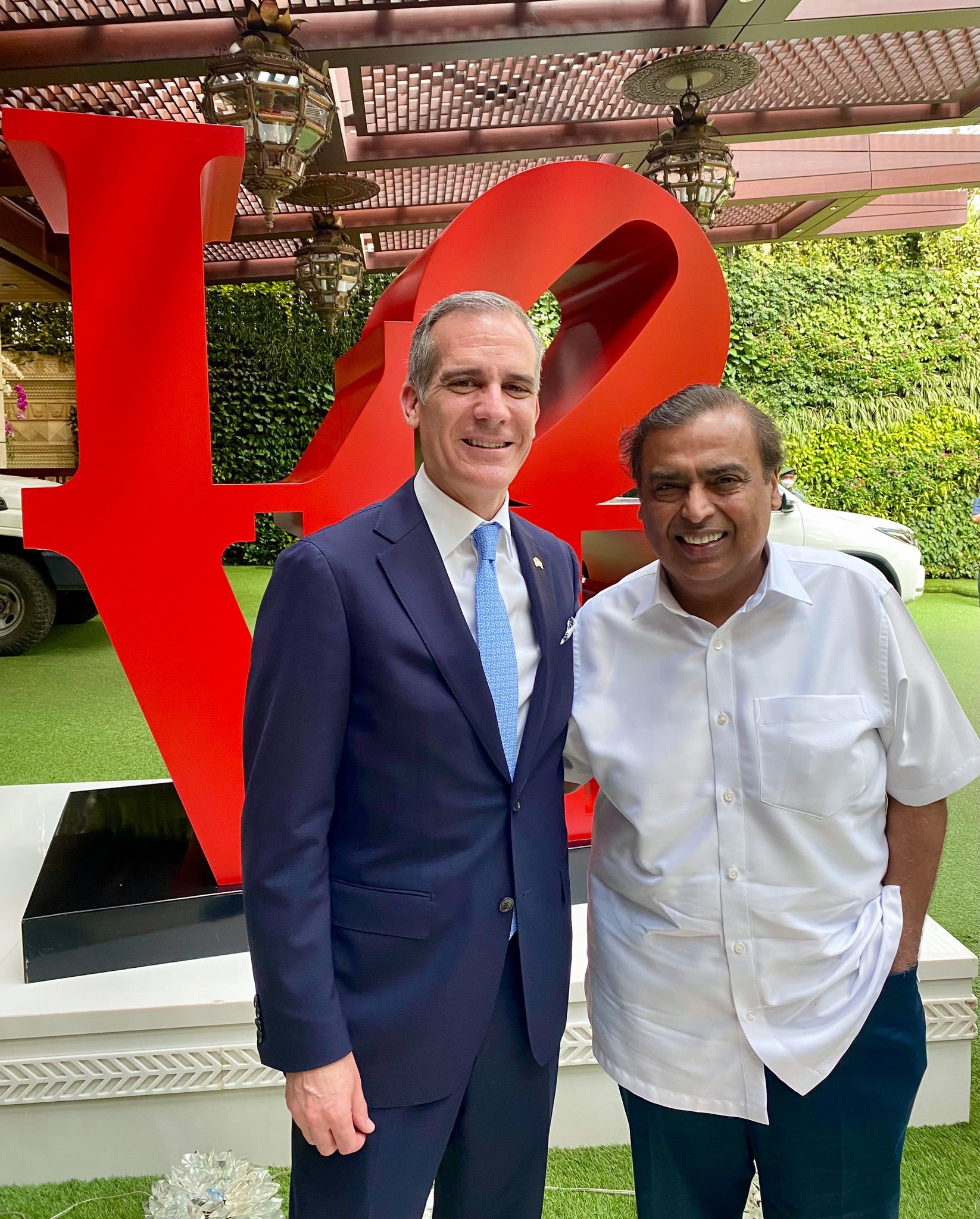 US Ambassador Eric Garcetti with Reliance Industries Chairman, Mukesh Ambani[/caption]
US Ambassador Eric Garcetti with Reliance Industries Chairman, Mukesh Ambani[/caption] Garcetti served as a Lieutenant in the US Navy Reserve for eight years. Photo:
Garcetti served as a Lieutenant in the US Navy Reserve for eight years. Photo: 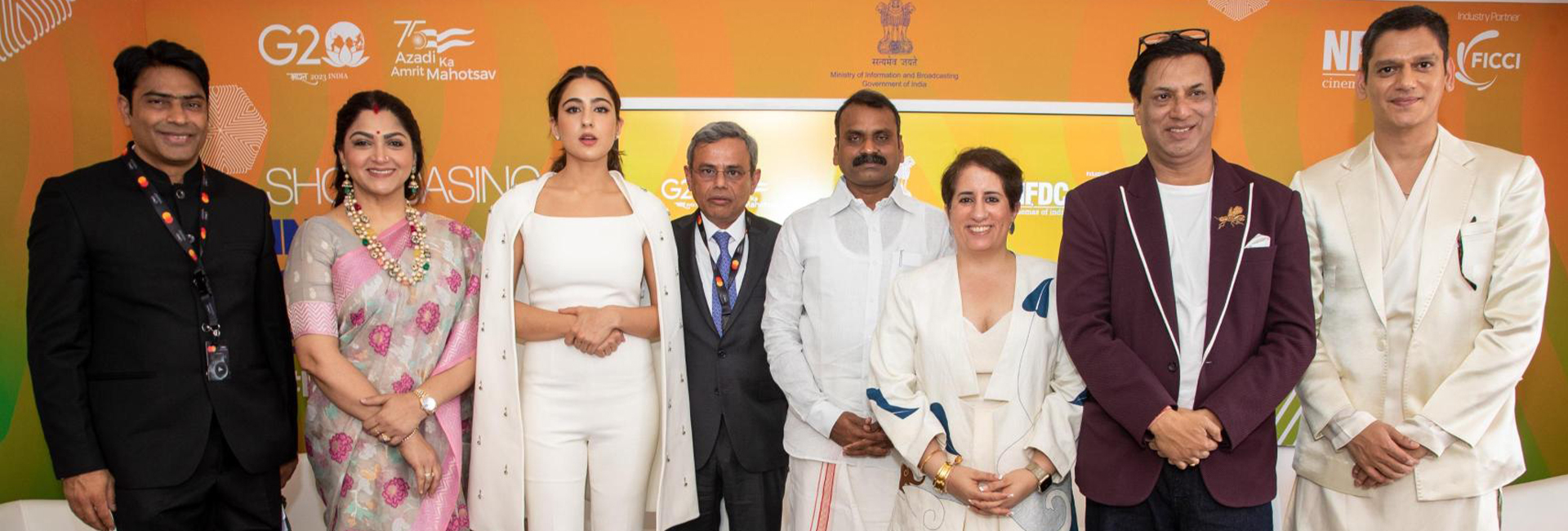
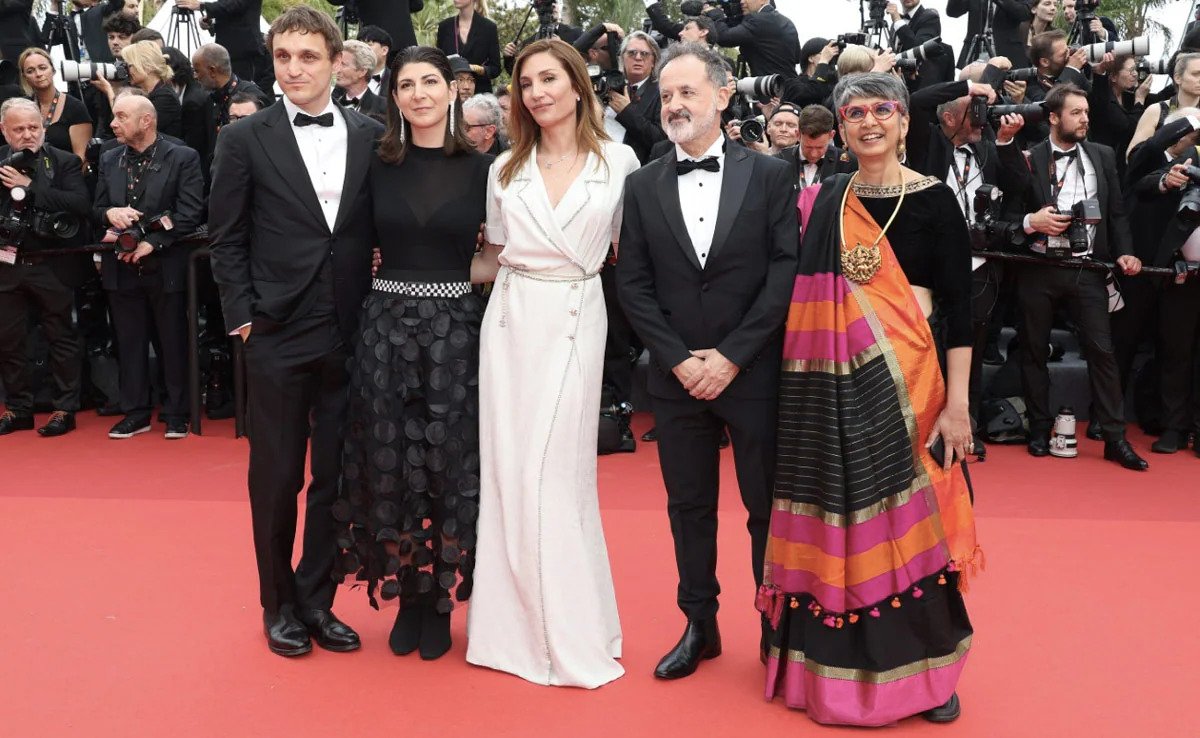
 Sara Ali Khan at Cannes 2023[/caption]
Sara Ali Khan at Cannes 2023[/caption] Aishwarya Rai Bachchan at Cannes 2023[/caption]
Aishwarya Rai Bachchan at Cannes 2023[/caption]